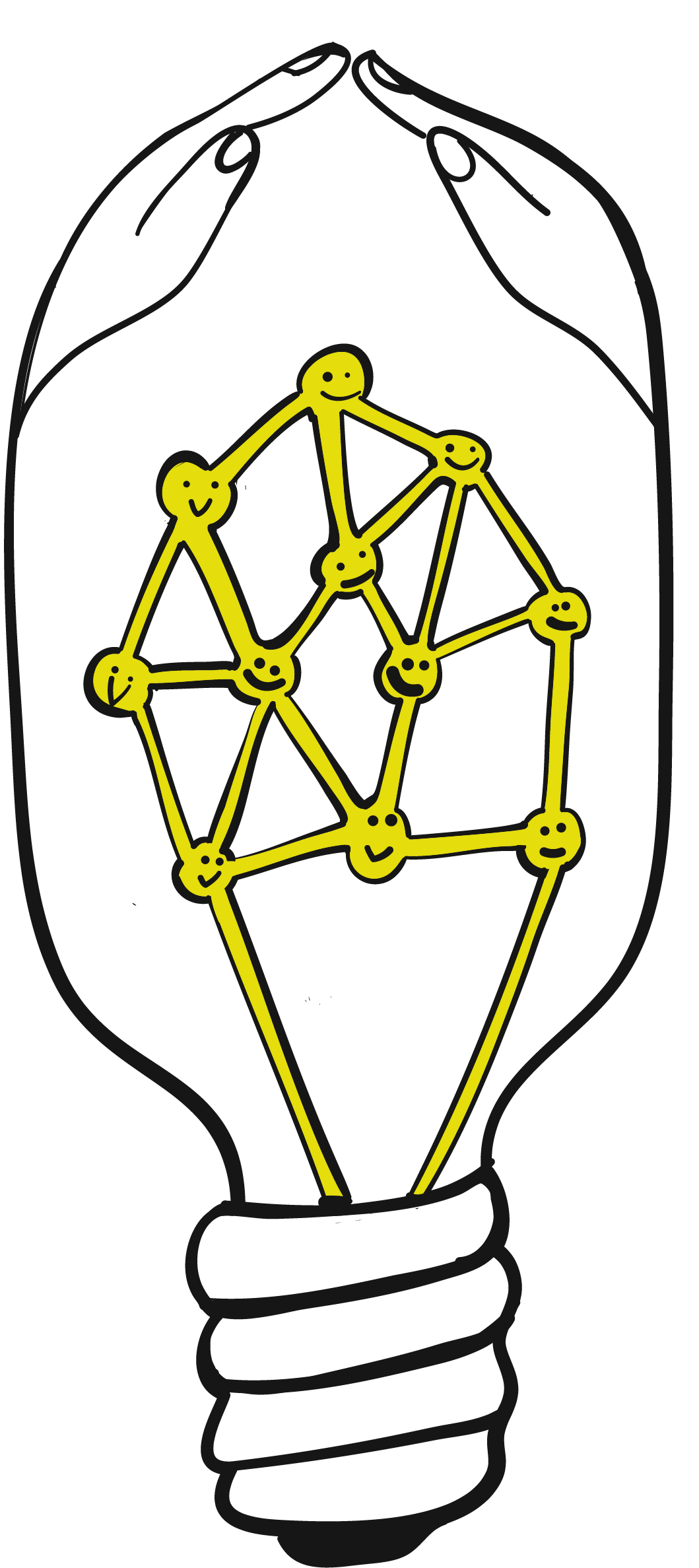
Faster alone, Slower Together
Introduction
Too often, the opposite happens. Early adopters surge ahead while team dynamics stall. This is the Productivity Paradox: team members become faster individually, but slower together.
When scaled across an organization, this obviously creates systemic problems, resulting in low returns on AI investment.
Productivity Pressure
Tech stocks dropped sharply on the news. Even Sam Altman has warned that an AI bubble may be forming. If AI scaling falters just as economic tightening takes effect, a downturn may follow—not just a correction—as firms attempt to squeeze more from fewer people.
The J-Curve of AI Adoption
Firms with legacy systems and rigid hierarchies often suffer the steepest initial losses. Younger, digitally native firms adapt more quickly.
The gap isn’t just about infrastructure; it’s also about behavior. People and teams must rethink trust, roles, and how they work with machines.
Inside a Leadership Breakdown Case
Some members (the CEO), due to their technical background or curious nature, had already reskilled and boosted their productivity and creativity. Some bragged, others downplayed their newfound “competitive” advantage.
Meanwhile, others hadn’t engaged at all, avoiding any discussion of AI or pushing back defensively by questioning the tools or dismissing their peers’ progress.
The effect was damaging. People no longer spoke the same language, and distrust grew around the quality of each other’s work (“this speed must be superficial”). Envy and fear surfaced in the form of gossip and backstabbing.
As AI first movers continued to learn and accelerate, the gaps widened, creating friction at every level.
Where It Broke Down
Some leaders upskilled fast. They produced more, polished it better, and ran meetings on their own momentum. Others stayed behind and felt sidelined, resentful, even obsolete. What started as progress became hierarchy, status, and power. Naturally, trust tanked.
2. Shadow AI
People experimented solo—ChatGPT for reports, Copilot for code, Gemini for research. But no one shared. No workflows were aligned. Decisions were made regarding AI-generated content without transparency or traceability. Sensitive data leaked. People asked: “Did you even write this?”
3. Strategy Vacuum
No one had defined where AI belonged—or didn’t. Without clear boundaries, over-automation sets in on one side, paralysis on the other. Legal and ethical blind spots opened. People didn’t know what was allowed or what would get them in trouble. “AI incidents” piled up.
4. Collapse of Collective Learning
AI solved things—individually. But answers weren’t shared. The debate faded. People stopped struggling together, which meant they stopped learning together. The team looked faster. But they were getting dumber together.
As a result, projects were not handed off smoothly. The extra output of first movers was lost in the group dynamic because most work today is collaborative in nature. There was no shared workflow, no established norms, and no collective “AI brain” to facilitate co-intelligence. This chaos spilled over into their teams, who were still dependent on leaders for decisions. Multiply this across an organization, and the chaos compounds quickly.
With agentic AI on the horizon—where autonomous agents will work alongside humans—the risk of chaos could become even greater, potentially collapsing collaboration altogether and eroding the efficiency and competitive advantage that AI could bring.
Our Approach: MEAI→WEAI→WEAI+agents
-
Step One – Common Model: We introduced a shared model for AI thinking and working. There is no perfect model, but without at least a starting structure, it’s impossible to set goals, measure progress, or collaborate. This gave everyone a shared starting point and language, even if they were at different stages.
-
Step Two – Meaningful Individual Exploration: Using AI, participants worked on their own roles, ensuring input was independent and not influenced by group dynamics. In practice, this created a double-pronged learning loop: learning to use AI while simultaneously reimagining their work.
-
Step Three – Practice + Discussion: We alternated between individual practice and structured group discussion. This rhythm allowed trust to return and helped members reimagine their roles, supporting one another in the process. Eventually, they began to speak a common language again.
-
Step Four – Build the AI Team Brain. The team co-created an AI strategy that addressed both workflow integration and team interaction. This included shared norms, ethical expectations, and processes spanning complex operational systems and softer team dynamics. They explicitly identified where AI should be embedded to unlock value, and where human oversight, interpretation, and originality must remain non-negotiable.
-
Step Five – Cascade Through Leaders: We enabled leaders to repeat the process with their own teams, cascading the approach across the organization. Starting top‑down, leaders played their role as role models, inspirators, and catalysts for change.
-
Step Six – AI Flight Simulator: Just as pilots regularly return to the simulator for “proficiency checks”. This program blended AI fluency maintenance with a test-pilot experience, allowing people to try future systems before they arrive safely. This helped leaders prepare—and stay prepared—for automation and “agent colleagues”.
This approach aligns with the findings from major research studies (Harvard, MIT, Wharton, Warwick) that have examined over 750 BCG consultants. They found that generative AI creates value when it’s aligned to strengths, embedded in workflows, and supported by shared norms. Fragmented use doesn’t scale. It backfires.
Result
Conclusion
Without a clear AI fluency strategy, teams run faster in different directions.
Our recommendation is not to focus solely on going faster. Move from individual AI fluency gains (MEAI) to collective intelligence (WEAI). That’s where the value compounds, and the risks stabilize.
Boards, investors, and markets may focus on visible output, but leaders must focus on the invisible infrastructure: team dynamics, shared norms, trusted workflows, and strategic clarity.
There are no shortcuts. The J-curve is real. You will dip, but if you build the foundation right, that dip leads to real results.
%20(2).png?width=300&height=100&name=fb%20logo(300%20x%20100%20px)%20(2).png)

